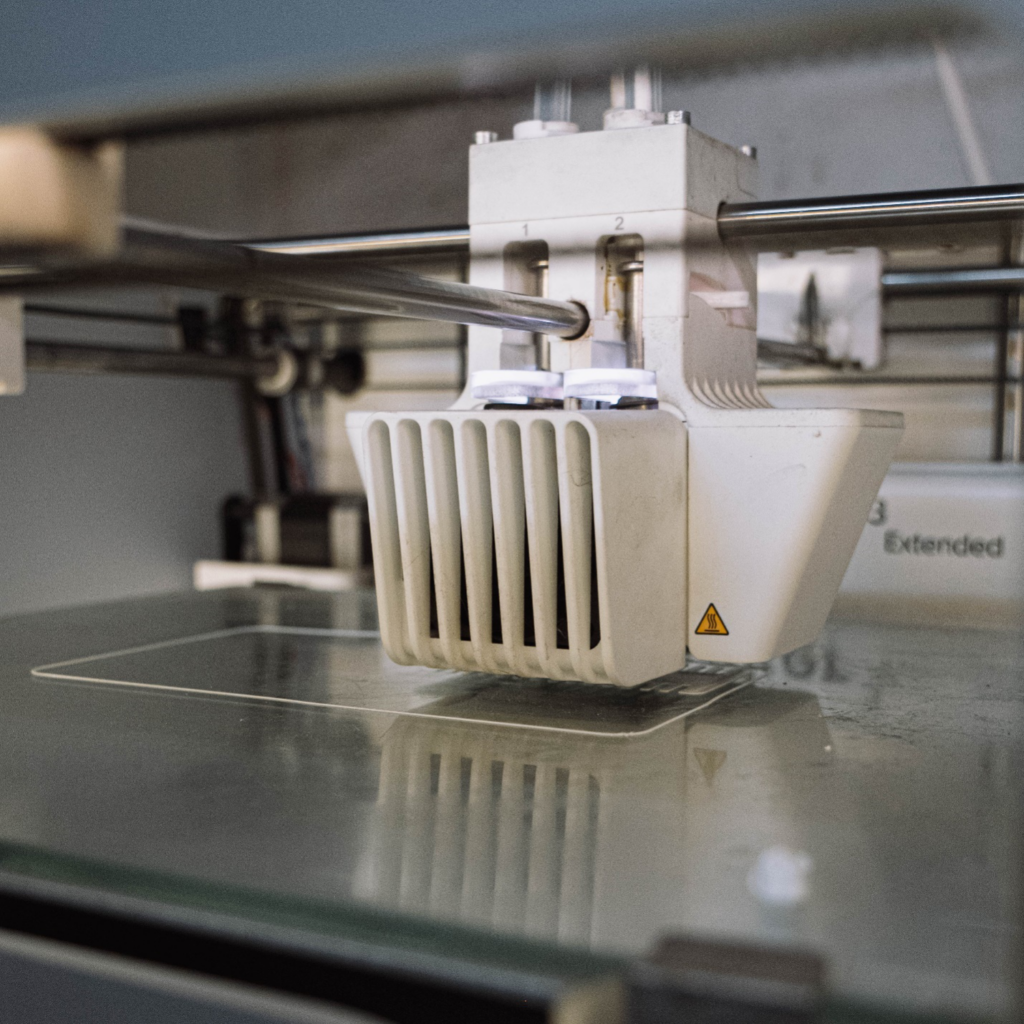Get tips for using 3D printing in traditional manufacturing to enhance designs, evaluate concepts, and fabricate products more efficiently. The fabrication revolution is upon us. Here is what you need to know.
Fabricators use 3D printing in traditional manufacturing to help expedite orders and reduce waste without sacrificing quality. Emerging technologies allow teams to collaborate, build replicas for evaluation, and implement changes before mass production. Sometimes, however, 3D printing in traditional manufacturing doesn’t make sense.
Picking an appropriate manufacturing method is essential to accomplishing goals and meeting industry expectations.
“The wrong technique could cost more money, extend lead times, or make fabrications less efficient.”
This article will explain the difference between 3D printing and manufacturing traditionally. We will discuss the factors for choosing between services and review tips to help you budget better. By the end, you should have the information required for an educated decision on whether to use 3D printing, traditional manufacturing, or a hybrid approach.
Table of Contents
Understanding 3D Printing Service
3D Printing Benefits for Manufacturers
Traditional Manufacturing Methods
Where Traditional Manufacturing Excels
Traditional Manufacturing Limits
Factors to Consider when Choosing Between 3D Printing and Traditional Manufacturing
#1. Complexity and Design Requirements
#5. Quality and Precision Standards
Consulting 3D Printing Experts
3D Printing Cost Analysis and Budgeting Tips
Understanding 3D Printing Service
Modern manufacturing offers multiple services to foster innovation and sustainability. Also known as additive manufacturing, 3D printing in traditional manufacturing encompasses various creation methods. It uses different materials to render complex shapes one layer at a time.

We offer fast, high-quality, tailored PROTOTYPING solutions for leading companies in a wide range of industries.
superior Rapid PROTOTYPING
3D printing is like how conventional printers print one line at a time on a two-dimensional sheet. Manufacturers use a digital blueprint to determine the dimensions, tolerances, and geometries of each design. Many teams also integrate rapid prototyping to test concepts and troubleshoot errors before processing.
3D Printing Benefits for Manufacturers
Unlike traditional manufacturing, which involves subtractive processes such as CNC machining and turning, 3D printers build objects by adding materials. This approach has several advantages:
- It allows fabricators to innovate and customize parts according to specific standards.
- Additive manufacturing helps product designers build highly detailed objects for immediate integration.
- 3D printing is widely used for rapid prototyping to fabricate fast models for product testing.
- It is a cost-effective alternative to time-consuming and material-wasting traditional manufacturing processes.
- Additive manufacturing eliminates the need for costly molds, tooling, and assembly phases.
Using 3D printing in traditional manufacturing means utilizing only the required materials. This reverse-engineered approach to parts design significantly decreases waste and brings additional environmental benefits also.
“Imagine fabricating spare parts on demand without waiting for traditional manufacturing processes or paying extra for spent materials.”
Teams use 3D printing technologies to personalize items, build revolutionary products, and enhance existing inventories in less time and for less money.
Technologies for 3D printing in traditional manufacturing help decentralize production. In other words, additive manufacturing eliminates the need for large-scale fabrication in some cases. Designers and engineers can utilize smaller spaces to develop, improve, and manufacture. This advantage helps reduce supply chain complexities and further cut costs.
Where 3D Printing Excels
Traditional manufacturing methods can’t always compare to rapid prototyping and 3D printing. For example, three-dimensional prints can facilitate rapid iteration. Teams can also experiment with various concepts and turn them into realities much faster without as many constraints.
Rapid prototyping using 3D printing also helps engineers research different elements and analyze product performance from a scientific perspective. Traditional methods disallow or complicate the fabrication of intricate internal structures, such as honeycombs and lattices. Advanced manufacturing processes help keep the strength-to-weight ratio intact while improving airflow and other KPIs.
Teams using 3D printing in traditional manufacturing can quickly produce obsolete or rare components with intuitive software and automation. Moreover, 3D-printed parts are generally of better quality and complexity than conventional outputs.
3D Printing Limits
What are the limits of 3D printing in traditional manufacturing? Is there anything additive manufacturing can’t do? We’ll answer those questions in this section.
Three-dimensional fabrication involves constructing designs from the ground up using molten materials, fibers, geopolymers, or granular textiles. Therefore, the list of 3D printing materials is shorter than the list for traditional techniques.
Part quality can also be questionable when using 3D printing in traditional manufacturing. This is particularly true in large-scale projects featuring intricate designs. Some printed parts might lack the strength required for product testing, functional testing, and integration.
Printing products is slower than traditional manufacturing and may involve multiple iterations. However, ongoing technological advancements can help address some 3D printing limitations. Take advantage of rapid prototyping services to test design quality and efficiency before production.
Traditional Manufacturing Methods
Manufacturing traditionally means using CNC machining and other subtractive processes to produce parts from raw materials and sheet metal. The closest option to additive manufacturing is injection molding, which uses custom-formed molds to create tailored dimensions. 3D printing in traditional manufacturing is a relatively new concept aimed at streamlining those processes.
Where Traditional Manufacturing Excels
“Teams utilizing a traditional approach can benefit from centuries-old manufacturing techniques.”
These methods play a significant role in everyday production for multiple industries. Experts have refined them over time to ensure quality, convenience, and consistency.
Traditional manufacturing is most suitable for mass production and large-scale fabrication. Techniques are proven reliable and can render excellent results within short timeframes. Moreover, engineers can utilize a wide range of materials, from sheet metal and plastic to composites and ceramics.
Traditional Manufacturing Limits
Conventional processes are well-established and trusted for versatility. However, there are some manufacturing limitations not found in 3D printing. For instance, 3D printing in traditional manufacturing helps reduce upfront costs because of the lower investments in machinery, tooling, and molds. Thus, many small businesses can’t afford the customary approach.
Unlike additive manufacturing, old-style methods have design limitations due to the nature of the techniques. Many shapes, features, and geometries are difficult or impossible to make without advanced manufacturing technologies.
3D printing in traditional manufacturing also helps cut lead times, shorten setup phases, and reduce tooling. Tech allows for smoother collaboration and project coordination between suppliers, designers, and manufacturers.
Engineering from a conventional approach can be tricky, even with plans optimized for mass production. Teams’ customization options are limited compared to what’s possible with 3D printing. Also, adjusting designs or specifications can require sizable retooling and lengthy process changes.
FACT: Traditional manufacturers often struggle with complex supply chain issues that 3D printing helps them avoid.
Factors to Consider when Choosing Between 3D Printing and Traditional Manufacturing
Should you choose to create high-quality products quickly and efficiently with little waste and excellent fidelity? Is 3D printing in traditional manufacturing practices, or should you try a less blended approach? Hybrid manufacturing has many benefits, but check out these crucial factors before deciding:
#1. Complexity and Design Requirements
Designing for highly regulated industries can be tricky without advanced manufacturing software and tools. Strict fabrication, assembly, and product testing requirements often hinder engineering plans. Many teams use rapid prototyping to determine design complexity and evaluate performance. This step lets them compare different versions to select the best.
#2. Cost Considerations
Manufacturing materials are priced based on multiple factors, such as:
- Location
- Extractability
- Exporting
- Shipping
- Storing
Additionally, suppliers can charge other fees for processing and handling.
“Discuss price variables with your team before creating a mockup.”
Then consider the upfront costs of 3D printing VS traditional manufacturing. Fabricating products with conventional methods can sometimes mean faster outcomes. It’s especially beneficial for large-scale projects and massive orders. However, the waste created by traditional techniques can absorb much of the savings and make quick reiteration or troubleshooting more costly.
Rapid prototyping and 3D printing in traditional manufacturing may incur a higher upfront investment for advanced technology, but teams can stretch budgets with less waste and shorter lead times. Consider how much you want to spend and calculate the required production volume to determine the scope and scale of your projects.
#3. Time Constraints
Traditional manufacturing with 3D printing means moving from concept to creation more efficiently. Decide your time constraints, and then choose a technique that lets you fabricate quickly.
Lead times for production can vary depending on several details, including design complexity, material requirements, ISO regulations, and testing schedules. Rapid prototyping can help teams prepare and enhance designs before 3D printing or traditional manufacturing.
#4. Material Options
The materials can change outcome expectations, costs, timelines, and more. Engineers must collaborate with product developers to pick primary textiles and secondary alternatives. They need manufacturing processes that allow for swift adjustments without an inconvenient force-stop.
Consider supply chain disruptions, material values, and cost differentials when deciding. Material suitability is crucial for every aspect of the manufacturing process, whether you choose 3D printing or conventional methods.
Remember that 3D printing in traditional manufacturing often means fewer material options but better outcomes. Discuss the variables with your team and then consult an expert for more information.
#5. Quality and Precision Standards
How precise do your designs need to be? Are you making a prototype or an end-use product? Will your design require rigorous testing or a comprehensive overview? Your precision and quality standards matter in the bigger picture.
Standards are essential regardless of the product or industry. Many manufacturers encounter rigid regulations from markets, governments, and investors. They can’t afford to skip steps or cut corners. Those teams rely on rapid prototyping to ensure excellence and efficiency.
Combining 3D printing with traditional manufacturing can mean more innovative production using sustainable materials and waste-reducing technologies. This merger can also improve workflows and foster creative problem-solving.
Consulting 3D Printing Experts
Seeking advice for using 3D printing in traditional manufacturing is critical for multiple reasons. First, experts can help teams determine a cost-effective approach without lowering production standards. They can also provide professional opinions and processing recommendations to help each phase run smoother.
Engaging with manufacturers, engineers, or design consultants for guidance requires effective communication. Many teams depend on the collaborative features inherent in rapid prototyping, 3D printing, and computer-aided design (CAD).
“Always ask about a provider’s experience with automation and additive manufacturing when selecting partners.”
Here are other questions to ask:
- What materials can you provide for my design?
- How much do lead times change between 3D printing and traditional manufacturing?
- Can you manufacture parts according to my industry’s standards?
- What can I expect with product testing and post-processing?
- Does rapid prototyping help expedite or enhance my project?
Use their answers to calculate long-term goals, manufacturing costs, and ROIs.
3D Printing Cost Analysis and Budgeting Tips
The cost of 3D printing in traditional manufacturing varies widely, so speak to an expert or get a quote. Make the most of your manufacturing budget with these simple suggestions:
- Weigh the pros and cons of each option with your team.
- Choose manufacturing methods based on your project’s primary objective.
- Prioritize industry requirements, consumer expectations, and time constraints.
- Evaluate potential risks, challenges, and setbacks.
Choosing between 3D-printed and traditionally manufactured products can be overwhelming. Your role should be designed for specific purposes while experts help you determine the best path to success.
Conclusion
Evaluate your needs and seek expert advice when using 3D printing in traditional manufacturing. Consider the variables and compare conventional methods with advanced techniques. Then calculate the return on investment for each option to decide which one suits your objectives.
The manufacturing landscape is constantly changing and evolving to accommodate innovation. Stay ahead of the curve with smart choices that utilize the latest methodologies. Seek expert insights from HLH Rapid to develop a comprehensive plan and bring your concepts to life.
 About the Author
About the Author
James Murphy is the founder and CEO of HLH Rapid – a hybrid CNC machine shop fusing Western service and quality with Eurasian industry influences for over 14 years. His advanced enterprise uncovers cost-effective rapid injection molding techniques to remain unmatched by industry competitors. Murphy’s full-service fabrication and manufacturing methods span six dedicated zones, from 3D printing and vacuum casting to sheet metal prototyping and project management. His expertise also includes high-efficiency machining within strict yet volatile markets.
Murphy earned an MBA after becoming inspired by his father’s hands-on craftsmanship. As a budding entrepreneur, he taught English and studied Chinese to pursue pioneering objectives. His groundbreaking approach helps build the future by providing well-rounded manufacturing services to innovative Western businesses. When he’s not offering upscale RP and CNC, James enjoys art-house movies, Thai boxing, and spending time with his growing family.
Visit HLHRapid.com for an instant quote on rapid prototyping services.


